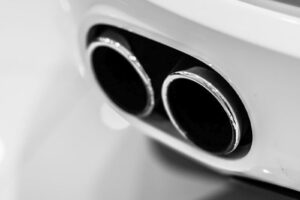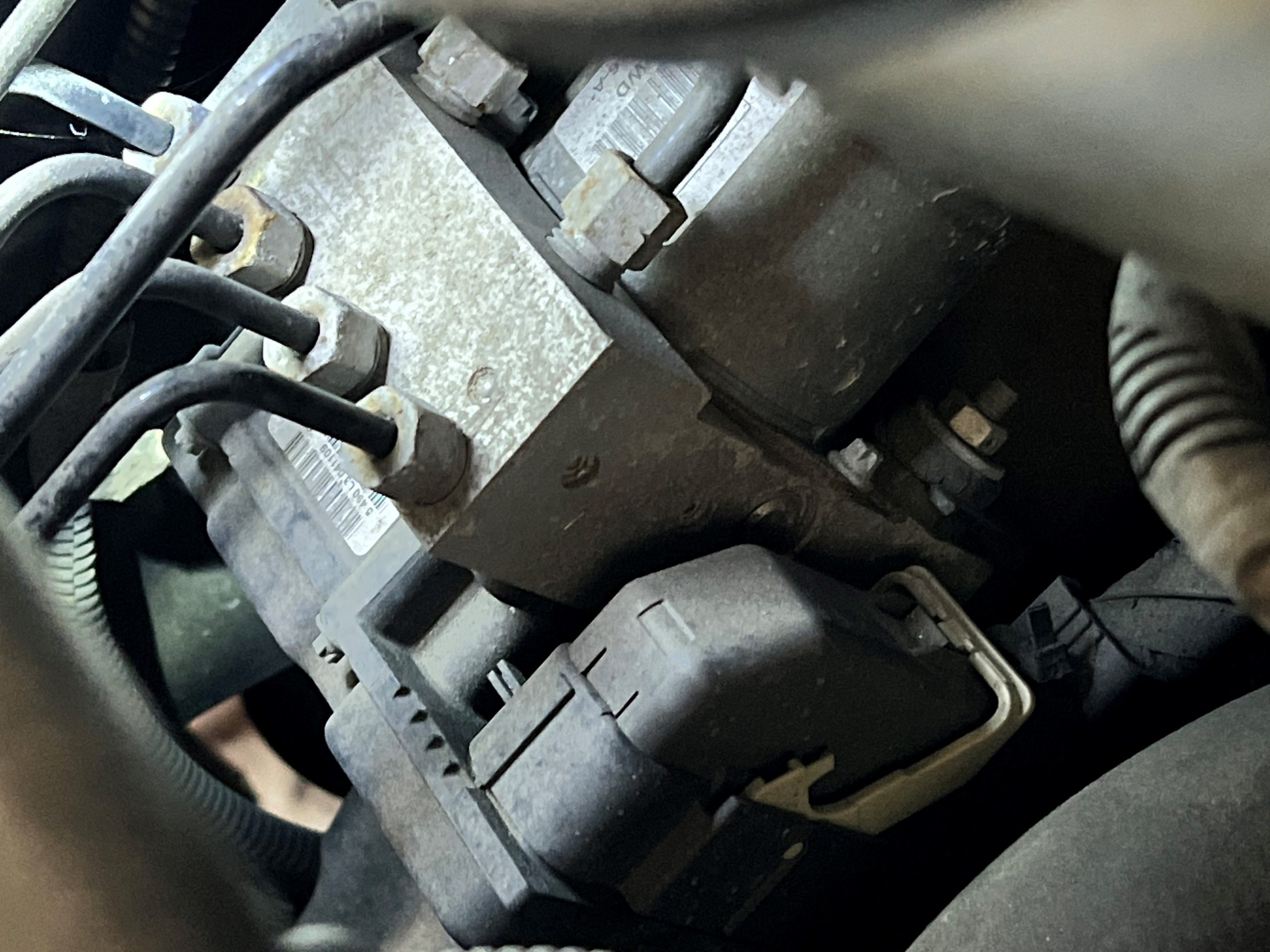It is very likely that on more than one occasion you have come across cars in front of you that have “smoked” you or left a trail full of smoke. This may be because that car has a mechanical problem, which could be detected thanks to the smoke it emits.
If you want to know how to detect breakdowns according to the color of the exhaust smoke, then we are going to explain what you should know about it, something that can help you both in the event that it is your own car that emits it and if you see it in someone else’s vehicle.

Breakdowns of a car according to the smoke that comes out of its exhaust pipe
The first thing you should keep in mind is that the first thing you can know if smoke comes out of the car is its color. In addition, the color is usually very clear, so there is no problem at all when it comes to distinguishing them. Mainly we can find three types of smoke: black, white and blue.
However, the first thing to keep in mind is that the engine must be at normal operating temperature. This is because if it has just been started or the engine is cold and white smoke is coming out, this will not be a clear indication of a fault. This is because most of this smoke, especially during the colder months of the year, is steam that comes from the condensation of water found in the exhaust pipe.
The problem exists in those cases in which we see that there is a lot of smoke of one of these colors when the vehicle is already hot. This is a clear indication of a problem. For this reason, we are going to deal with each of these types of smoke so that you can find out what problem your vehicle is having.
white smoke
In the event that we find that a lot of white smoke comes out of the car’s exhaust pipe, we will find ourselves facing a serious problem in the vehicle, which you will have to deal with; and that it will probably mean a significant financial outlay to correct it.
White smoke coming out of the exhaust pipe usually indicates that there is water or coolant in the combustion process. This is the most worrying type of smoke, as it is a dead giveaway of a costly breakdown.
In most cases it is a damage to the cylinder head gasket, the sheet that is responsible for joining the cylinder head to the block and that prevents water from entering inside it. If this sheet has any type of problem, coolant will reach the combustion chamber through it.
In the event that you notice the existence of this smoke in your vehicle, the best thing to do is stop the vehicle immediately, and resort to a crane so that it is in charge of taking it to the workshop. This type of breakdown usually involves an outlay of at least 1,000 euros, so it is not an economic repair.
black smoke
When instead of being white, we find the appearance of black smoke, this will indicate that the car is burning more gasoline than it needs. The combustion process, in these cases, would have a mixture that is too rich, with more gasoline than air.
It is common for this type of smoke to be accompanied by increased fuel consumption, although there are cases in which this increase is not very obvious, so it can be undetectable.
In this case we find smoke that is not as worrying as white, but it is more difficult to know the exact fault of the engine. This is because black smoke can be caused by different problems.
One of them is that there is excessive dirt in the air filter, preventing an appropriate amount of air from entering the cylinders. It may also happen that the fuel pump is not working optimally and that the fuel arrives with greater force than it should.
On the other hand, it can also be due to dirty gas breathing tubes, although it is not usually a common cause. It can also be due to incorrect idling and CO2 emission settings.
blue smoke
The third possibility is that the smoke from the tailpipe is blue smoke. This is also worrying and will show an expensive breakdown. In this case it can also be caused by different types of problems. These failures will be more expensive than the previous ones, since the color indicates that the oil is being burned in the combustion chamber.
The first thing to check is if the oil that is being used is the most appropriate and if it has the density that it should. If this is not the problem, it may be due to a problem with the piston rings; because the valve seals do not close completely; or because there is a problem in the turbo.
In this way, these are breakdowns that can be quite serious and involve a significant financial outlay.















